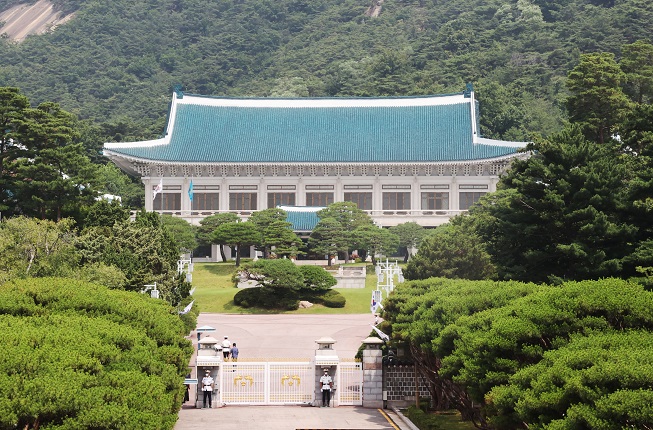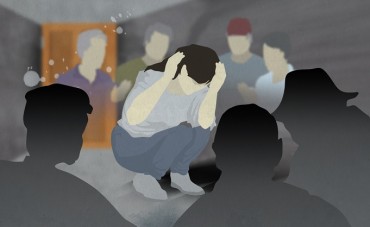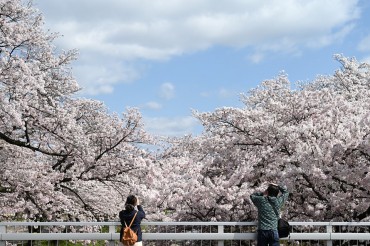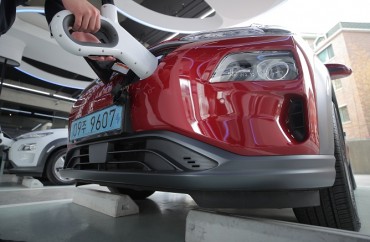SEOUL, March 21 (Korea Bizwire) — Cheong Wa Dae, a symbol of South Korea’s presidential authority for over seven decades, is set to vanish into history in May when it turns into a public park upon the inauguration of Yoon Suk-yeol as the new president.
Yoon announced his decision Sunday to relocate the presidential office from Cheong Wa Dae to Yongsan, central Seoul, saying the vast green area in the heart of Seoul will be returned to citizens after his May 10 inauguration.
Cheong Wa Dae, situated at the foot of Mount Bukak behind the Gyeongbok Palace, the main palace of the Joseon Dynasty (1392-1910), has been the venue of the presidential office and residence for the past 74 years after the South Korean government was established in 1948.
Cheong Wa Dae, which covers about 250,000 square meters, or 62 acres, is 3.4 times larger than the White House.
The complex, also known as the Blue House, consists of the main office building, presidential residence, state reception house, press hall and secretariat buildings, among others.
Due to its secluded location and the substantial distances between the offices of the president and secretaries and the press, Cheong Wa Dae has long been criticized as a legacy of “imperial presidency.”
The history of the Cheong Wa Dae site spans over a thousand years, as it was home to royal palace halls during the Goryeo Dynasty (918-1392). It was then part of the rear garden for Gyeongbok Palace during the Joseon Dynasty.
During the Japanese colonial period from 1910 to 1945, the Japanese governor-general’s official residence was located there, while part of the Gyeongbok Palace grounds were used for the colonial government.
With the establishment of the South Korean government in 1948, then President Rhee Syngman began to use the site as the presidential office and residence after naming it “Gyeong Mu Dae.”
It was renamed Cheong Wa Dae in 1960 after the inauguration of President Yun Bo-sun. For the next 62 years, Cheong Wa Dae has been used as a word that symbolizes the supreme power.
Former Presidents Park Chung-hee, Choi Kyu-ha and Chun Doo-hwan all used the place as their office and residence. The current main office building and the press hall were completed in 1991 during the presidency of Roh Tae-woo.
Cheong Wa Dae, as the seat of the nation’s most powerful person, frequently appears in major events in modern history.
On Jan. 21, 1968, 31 North Korean commandos infiltrated the mountain behind Cheong Wa Dae with the aim of killing then President Park and key government officials.
The North Korean infiltrators reached a location only 500 meters from Cheong Wa Dae and threw grenades in armed resistance. In the end, 28 of them were killed, one was captured and two others escaped.
At that time, the North Korean infiltration route was closed before being reopened to the public in 2009.
In October 1979, Park was assassinated by his intelligence chief at a villa inside the Cheong Wa Dae compound.
In 2008, then President Lee Myung-bak said in a news conference that he climbed the mountain behind Cheong Wa Dae on one night and looked at an endless stream of candlelight in the midst of a large-scale candlelight vigil against U.S. beef imports.
(Yonhap)








